Football season is nearly here! Many of you budding footy stars out there are probably right into your preseason. Preseason is the best time to work on your fitness at high intensities so as to allow for optimal performance on the field.
We cannot stress how important preseason is to reducing the risk of soft tissue injury during the season. Hamstring injuries are the most common and prevalent non contact soft tissue injury sustained in Australian Rules Football. It has been reported that 34% of players re injured their hamstrings within a year of returning to sport with the first week of return to play demonstrating the highest risk period.
Hamstring strains are classified according to the severity of the injury:
- Grade I: mild strain with minimum tear and minor loss of strength
- Grade II: moderate strain with partial tear and significant loss of strength which results in significant functional limitations
- Grade III: severe strain with complete rupture with resulting functional disability
There are many intrinsic risk factors that have varying degrees of correlation to hamstring strains such as:
- Age
- Previous hamstring strain
- Fatigue
- Core stability
- Hamstring strength
- Hamstring stiffness and flexibility
During preseason there are many exercises and training programs that can be adopted to reduce the risk of hamstring injuries during football season. It is during the later stages of preseason that high-loaded exercises are performed with the intention to further strengthen the hamstrings. Exercises such as Nordic hamstring curls have been the hot topic recently however it is not necessarily the safest exercise to complete. A loaded training program is important to ensure that your hamstrings can withstand such high loading whilst at a mechanical disadvantage such as during Nordic hamstring curls.
Prior to utilising such high load exercises in your next training session it is necessary to understand the current level of function and loading of your hamstring particularly during sport specific activities. A thorough assessment by your physiotherapist is needed to identify any deficits which may be contributing to hamstring overload. This may include assessment of your running biomechanics, kicking, muscle activation pattern, training loads and underlying pathologies such as history of back pain.
To get started on your high level hamstring load program safely give us a call at Watsonia Physiotherapy for a thorough assessment.
Good luck with this year’s footy season!
(Cheers Stu for the photo)

